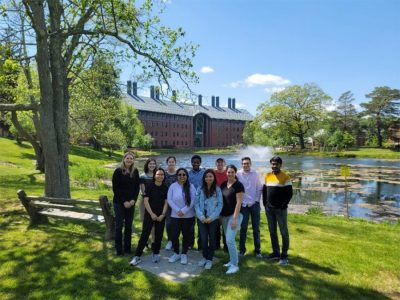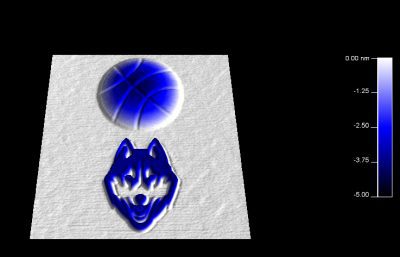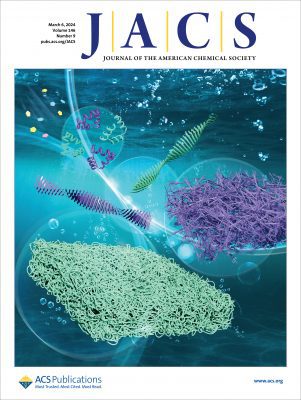
The Connecticut Academy of Science and Engineering (CASE), an organization of academic and industry professionals who advise the state government on matters of science and industry, announced the election of 35 new members in 2024. Twelve of these new members — over a third — are UConn faculty. Nearly half of those selected from UConn are members of the Institute of Materials Science (IMS).
- Bodhisattwa Chaudhuri, Professor, UConn School of Pharmacy
- Yupeng Chen, Associate Professor, Biomedical Engineering, UConn College of Engineering
- Avinash Dongare, Professor, Materials Science and Engineering, UConn College of Engineering
- Liisa T. Kuhn, Professor and Associate Department Head, Biomedical Engineering, UConn Health
- David Pierce, Professor, Mechanical, Aerospace and Manufacturing Engineering, UConn College of Engineering
All new members will be introduced at the Academy’s 49th Annual Meeting and Dinner at the Woodwinds in Branford, CT on May 21, 2024. IMS congratulates all the new CASE members.


 In a collaborative effort, researchers from the University of Connecticut (led by Profs. Yao Lin, VJ Kumar and Xudong Yao) and the University of Illinois at Urbana-Champaign (led by Prof. Jianjun Cheng) have made an advance in the rational design of synthetic polypeptides to develop filament-based hydrogels. The work, conceptualized and realized by the graduate students Tianjian Yang (UConn) and Tianrui Xue (UIUC), has been published in the Journal of the American Chemical Society (JACS) and featured as the cover of the March 6 issue.
In a collaborative effort, researchers from the University of Connecticut (led by Profs. Yao Lin, VJ Kumar and Xudong Yao) and the University of Illinois at Urbana-Champaign (led by Prof. Jianjun Cheng) have made an advance in the rational design of synthetic polypeptides to develop filament-based hydrogels. The work, conceptualized and realized by the graduate students Tianjian Yang (UConn) and Tianrui Xue (UIUC), has been published in the Journal of the American Chemical Society (JACS) and featured as the cover of the March 6 issue.